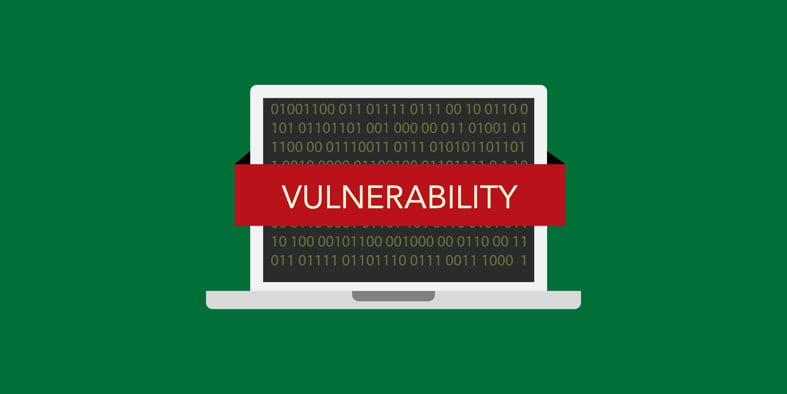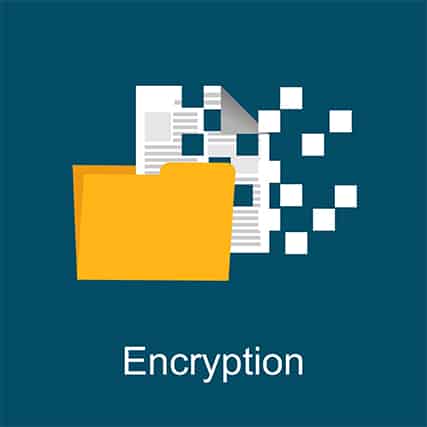A secure collaboration software foundation needs effective software security risk management strategies. Systematic identification and mitigation of vulnerabilities plays a crucial role in protecting sensitive data from unauthorized access. Protecting information requires three fundamental security measures which include evaluating platform security and implementing robust access controls and utilizing data encryption. Security audits performed regularly alongside threat modeling activities strengthen defenses while building trust among users. Risk management practices that are effective protect data security while simultaneously improving the reliability of collaborative tools.

Table of Contents
Understanding the Importance of Software Security in Collaboration Tools
The digital world demands collaboration tools to have software security because digital communication forms the backbone of organizational operations. Software integrity verification stands as a critical requirement to establish trust and reliability within these systems.
The absence of proper security protocols leaves sensitive information exposed to potential data breaches and unauthorized access threats. User authentication protocols must be strong to verify identities while controlling access to confidential data. Organizations can reduce data theft and manipulation risks through software access restrictions that allow only authorized personnel to use the system.
Software integrity maintenance along with strict user authentication procedures demonstrates its essential role in protecting digital communications. Organizations must make software security their top priority to ensure their collaboration tools operate both seamlessly and securely.
Sometimes, there is even a need for your own custom collaboration software when nothing off the shelf is a good fit; in these circumstances, you can look to places like https://selleo.com/collaboration-software-development for solutions.
Identifying Vulnerabilities in Collaboration Software
Ensuring the security of collaboration software necessitates a systematic identification of vulnerabilities.
What is vulnerability evaluation? Vulnerability evaluation is a comprehensive analysis of the software’s architecture, codebase, and deployment environment to identify weaknesses. Automated tools combined with manual inspection techniques enable the detection of potential entry points for malicious actors.
What is threat modeling? Threat modeling provides a structured approach to predict potential threats. This involves mapping out possible attack vectors and assessing how these could exploit identified vulnerabilities.

Assessing Risks Associated With Digital Collaboration
Effectively assessing risks in digital collaboration requires a systematic approach to ensure digital trust. Key areas of focus include platform security, user access control, data encryption, and incident response readiness.
- Platform Security Evaluation: The assessment of security features is crucial to determine alignment with industry standards.
- User Access Control Assessment: The management of user permissions must be analyzed to understand access control mechanisms.
- Data Encryption Analysis: Protection of sensitive information is confirmed through the analysis of data encryption methods.
- Incident Response Evaluation: Readiness to handle security breaches is measured by evaluating incident response protocols.
An analytical approach to these areas is essential for building robust digital trust.
Strategies for Mitigating Potential Security Threats
Effective strategies for mitigating potential security threats require the implementation of systematic and comprehensive approaches.
Threat modeling serves as a fundamental process in identifying, quantifying, and addressing security vulnerabilities within software systems. Through the simulation of various attack vectors, threat modeling anticipates potential breaches, facilitating the design of robust preemptive security measures.
Regular security audits are crucial, systematically assessing the software environment for adherence to established security protocols. These audits reveal deviations from best practices, ensuring that defense mechanisms remain current and effective.
Together, these strategies create an integrated framework that strengthens the security posture, protecting collaboration software from evolving threats and minimizing risk exposure.

Implementing Proactive Risk Management Practices
To successfully implement proactive risk management practices in software security, organizations must prioritize continuous monitoring and real-time analysis of potential threats. This strategy involves proactive assessments and risk prioritization techniques to identify vulnerabilities before exploitation.
Essential components are listed below:
- Continuous Threat Intelligence Gathering: Advanced analytics facilitate the anticipation of emerging threats.
- Automated Risk Assessment Tools: Software capable of performing real-time evaluations of system vulnerabilities is crucial.
- Regular Security Audits: Systematic reviews of security protocols ensure compliance and effectiveness.
- Dynamic Risk Prioritization: Focus is adjusted to high-impact threats based on current threat landscapes.
The Role of Encryption in Protecting Sensitive Information
Encryption is essential for protecting sensitive information within software systems by converting data into an unreadable format for unauthorized users. This process relies on robust data encryption techniques that ensure only authorized entities can decrypt and access the original information.
Encryption protocols, including Advanced Encryption Standard (AES) and Transport Layer Security (TLS), are crucial for establishing secure communication channels between parties, thereby preserving information confidentiality across networks. These protocols use complex cryptographic algorithms to protect data both at rest and in transit.
Implementing strong encryption measures can significantly reduce the risk of data breaches, ensuring that sensitive information remains confidential and strengthening the overall security framework of collaboration software systems.

Educating Users on Security Best Practices
How effectively can organizations protect their software systems if users lack knowledge of security best practices? User awareness serves as a critical pillar for reducing risks associated with collaboration software.
Training programs designed for different user levels enhance understanding and implementation of security protocols. Organizations need to establish structured educational initiatives to ensure that employees grasp the consequences of security breaches.
- User Awareness: Regular workshops and seminars serve to keep security considerations prominent.
- Training Programs: Sessions tailored for various roles within the organization are crucial.
- Phishing Simulations: Practical exercises are essential for identifying potential threats.
- Policy Reinforcement: Routine updates and reminders regarding security policies are necessary.
Implementing these measures not only enhances user awareness but also empowers employees to function as the first line of defense against cyber threats, thereby strengthening the organization’s overall security posture.
The Future of Secure Collaboration Software
The future of secure collaboration software is defined by advancements in technology and the increasing sophistication of cyber threats.
AI-driven threat detection, which allows for real-time identification of vulnerabilities, is a significant trend. Zero-trust architecture and end-to-end encryption are foundational features, ensuring robust data protection.
The integration of blockchain technology enhances transparency and immutability, addressing concerns about data integrity.
Adaptive authentication methods, which leverage biometrics and machine learning, are gaining traction and offer personalized security protocols.
As these technologies mature, the focus will be on providing seamless user experiences without compromising security, establishing a new standard for secure collaboration software.

Frequently Asked Questions
How Does Risk Management Integrate With Software Development Life Cycles?
How does risk management integrate with software development life cycles? Risk management serves as a vigilant sentinel throughout the software development life cycle, incorporating risk assessment and security audits. This process ensures that potential vulnerabilities are identified and mitigated early, safeguarding against threats and enhancing overall software security.
What Are the Cost Implications of Implementing Advanced Risk Management Solutions?
What are the cost implications of implementing advanced risk management solutions? The cost implications require a comprehensive cost-benefit analysis and strategic budget allocation. Organizations must assess the initial investment in advanced risk management solutions against the potential long-term savings achieved through effective threat mitigation. This approach optimizes resource management and ensures security efficiency.
How Can Small Businesses Effectively Prioritize Software Security Risk Management?
Effectively prioritizing software security risk management in small businesses involves conducting detailed risk assessments and implementing comprehensive security training. These measures fortify the digital infrastructure against potential threats, ensuring a robust and resilient defense mechanism.
What Role Do Third-Party Vendors Play in Collaboration Software Security?
Third-party vendors significantly influence the security of collaboration software. Vendor assessment involves evaluating their security practices to ensure compliance and mitigate risks. Establishing security partnerships with trusted vendors enhances system integrity and protects sensitive data from vulnerabilities associated with external integrations.
How Does Risk Management Impact User Experience in Collaboration Tools?
How does risk management affect user experience in collaboration tools? Risk management serves as the structural foundation, akin to the backbone of a bridge, ensuring seamless user experiences in collaboration tools. By incorporating user feedback, risk management enhances the resilience of these tools and fosters user trust. It provides a secure environment that is essential for effective collaboration and communication.
Conclusion
Why should organizations prioritize risk management in software security within the digital collaboration landscape? Risk management in software security involves systematically identifying vulnerabilities and evaluating risks. This process enables the implementation of robust encryption methods and proactive measures to safeguard sensitive data. Regular security audits and user education contribute to enhanced trust and reliability. As technology advances, continuous adaptation to emerging threats is essential to ensure collaboration tools remain secure and effective. Therefore, meticulous risk management fortifies the foundation of safe collaboration software, making it indispensable.
